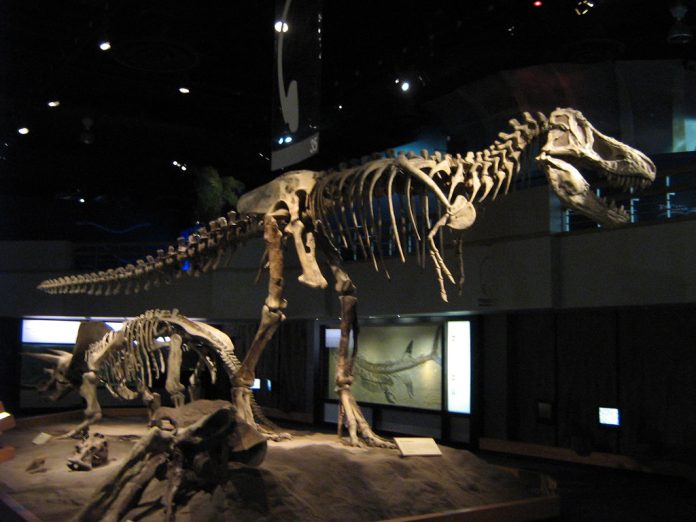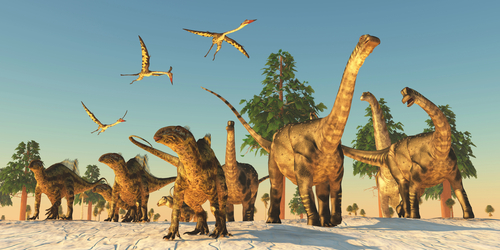
In a world where prehistoric wonders inspire curiosity and theories, recent scientific analyses have delivered a blow to one of the more controversial claims in paleontology—the supposed coexistence of humans and dinosaurs.
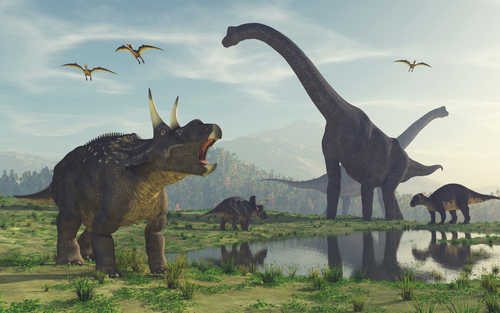
At Kachina Bridge in Utah, an area adorned with ancient petroglyphs, creationists had once pointed to images they argued depicted dinosaurs, suggesting that humans must have lived alongside these colossal creatures. This claim, however, has been robustly refuted by meticulous scrutiny.
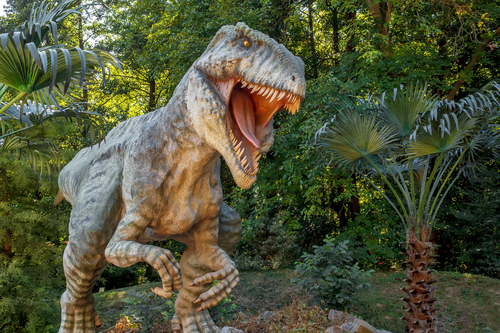
Phil Senter, a paleontologist, remarked, “The most important implication of these findings is that one of the creationist camp’s favorite piece of ‘evidence’ for the coexistence of dinosaurs and humans—a dinosaur petroglyph—doesn’t even exist.”
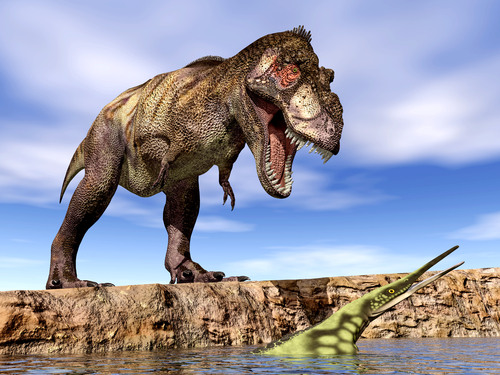
Detailed investigations at Kachina Bridge, involving a range of visual techniques, revealed that the supposed ‘dinosaur’ images were nothing more than a misinterpretation—an illusion generated by pareidolia, a psychological phenomenon where the human mind perceives familiar patterns where none exist.
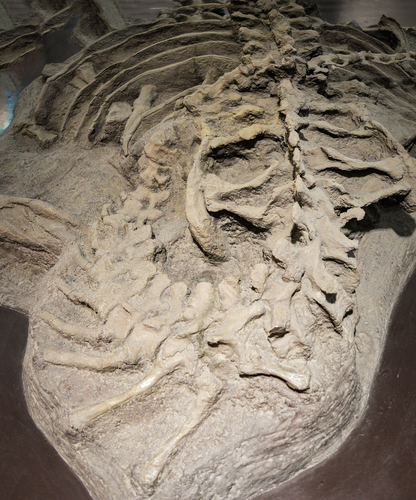
The allure of humans walking among dinosaurs is not confined to petroglyphs. A different study rocked the scientific community with its analysis of the fossil record, suggesting that placental mammals, including our ancestors, originated during the Cretaceous period and hence co-existed with dinosaurs for a brief period before a cataclysmic asteroid impact led to the mass extinction event, also known as the Cretaceous-Paleogene (K-Pg) mass extinction.
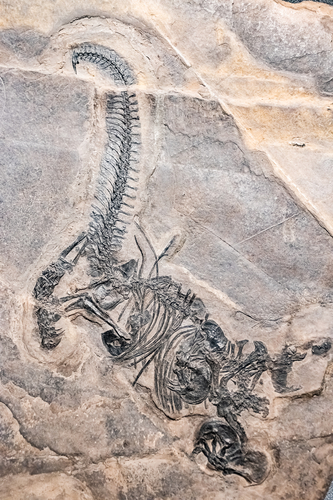
Emily Carlisle of the University of Bristol’s School of Earth Sciences explains, “We pulled together thousands of fossils of placental mammals and were able to see the patterns of origination and extinction of the different groups.” The study offered a new perspective on a debate that has long stood at the center of evolutionary research.
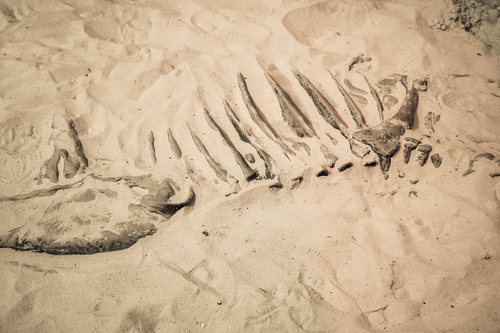
The research points to a flourishing of placental mammals, including primates, in the aftermath of the asteroid impact that wiped out the dinosaurs. This suggests that the absence of dinosaurs as competitors enabled these mammals to diversify and expand.
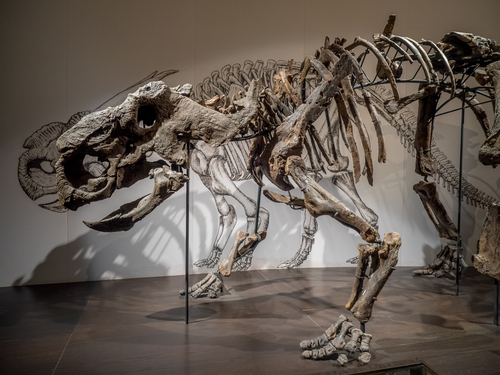
Until now, it was a point of contention whether placental mammals walked alongside dinosaurs or only came into existence after the large reptiles had vanished.
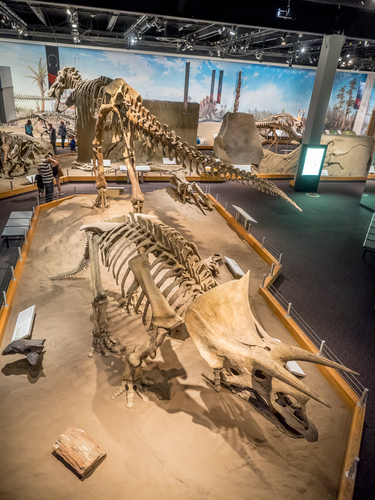
Fossil records of placental mammals were limited to rocks under 66 million years old, coinciding with the asteroid impact on Earth. These findings implied that placental mammals arose post the dinosaurs’ extinction. Yet, molecular data hints at an earlier origin for this group, adding complexity to the existing narrative.
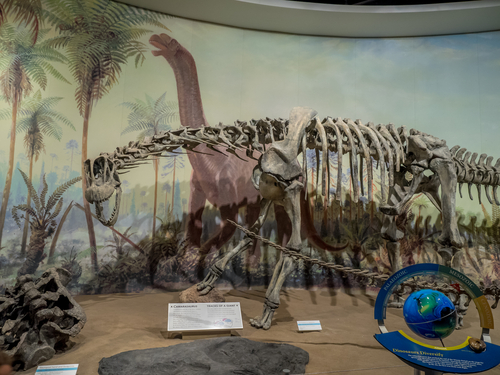
The researchers also emphasized the importance of studying both the origins and extinctions to gain a better understanding of the impact of significant events. An example of this is the K-Pg mass extinction.
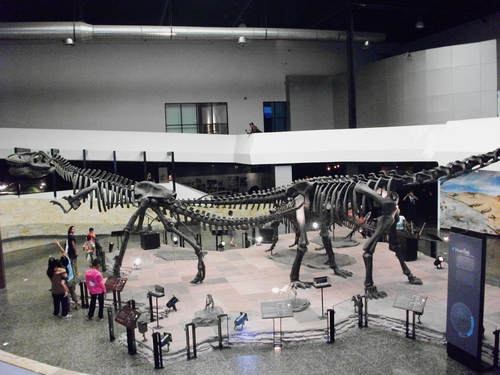
Professor Phil Donoghue, a co-author from Bristol, stated, “By examining both origins and extinctions, we can more clearly see the impact of events such as the K-Pg mass extinction or the Paleocene-Eocene Thermal Maximum (PETM).”
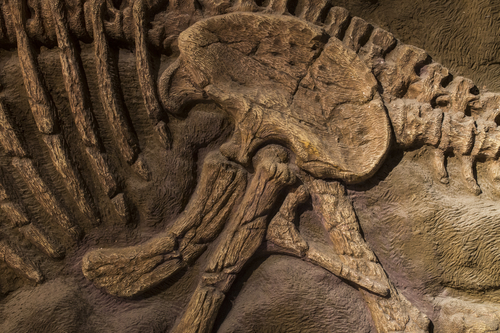
However, these findings do not align with the concept of humans and dinosaurs living in harmony. Misconceptions about human-dinosaur coexistence have been further debunked in an article that dismantles the top ten dinosaur myths. One popular belief is that humans and dinosaurs cohabited the planet, a notion strongly contradicted by scientific timelines that the last dinosaurs became extinct about 65 million years ago, whereas anatomically modern humans have been in existence for roughly 300,000 years.
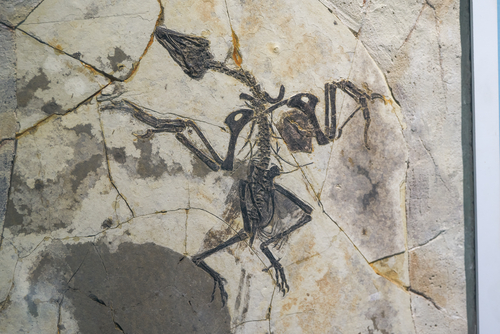
Creationists have often cited fossil “evidence” to support their arguments. The Paluxy River footprints in Texas, for example, were initially touted as proof of human-dinosaur coexistence. Nonetheless, further examination and admissions of local forgeries during the Great Depression revealed many of these footprints to be hoaxes or misidentified dinosaur tracks.
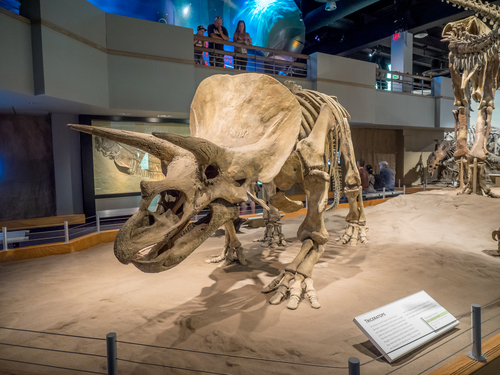
The scrutiny of these footprints draws parallels with the infamous Piltdown Man and Calaveras Skull hoaxes, where deliberate fraud and misinterpretation misled the scientific community. These historical deceptions highlight the necessity of rigorous scientific methods and peer review in the study of our planet’s ancient past.
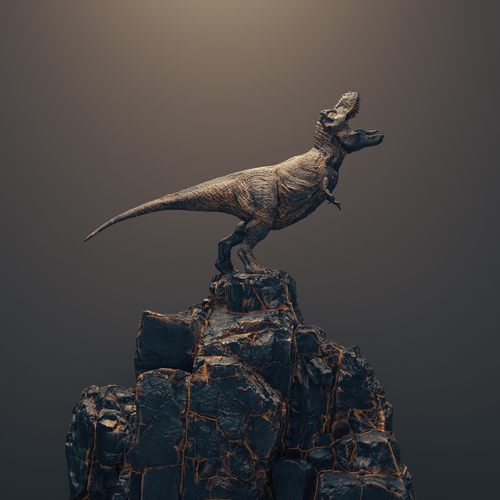
Our understanding of dinosaurs is always evolving as new discoveries reshape our perceptions of these fascinating prehistoric creatures. From their varied sizes and habitats to their surprising evolutionary connections with modern birds, dinosaurs continue to captivate and inspire our imaginations as we delve deeper into their mysterious world.
Relevant articles:
– Claim that humans lived alongside dinos debunked, CBS News, Mar 29, 2011
– Ancient human ancestors actually did live with dinosaurs, according to stunning new research, earth.com
– Top 10 Misconceptions About Dinosaurs Debunked, Medium · Gokhan Polat
– Paluxy Man — The Creationist Piltdown, National Center for Science Education
